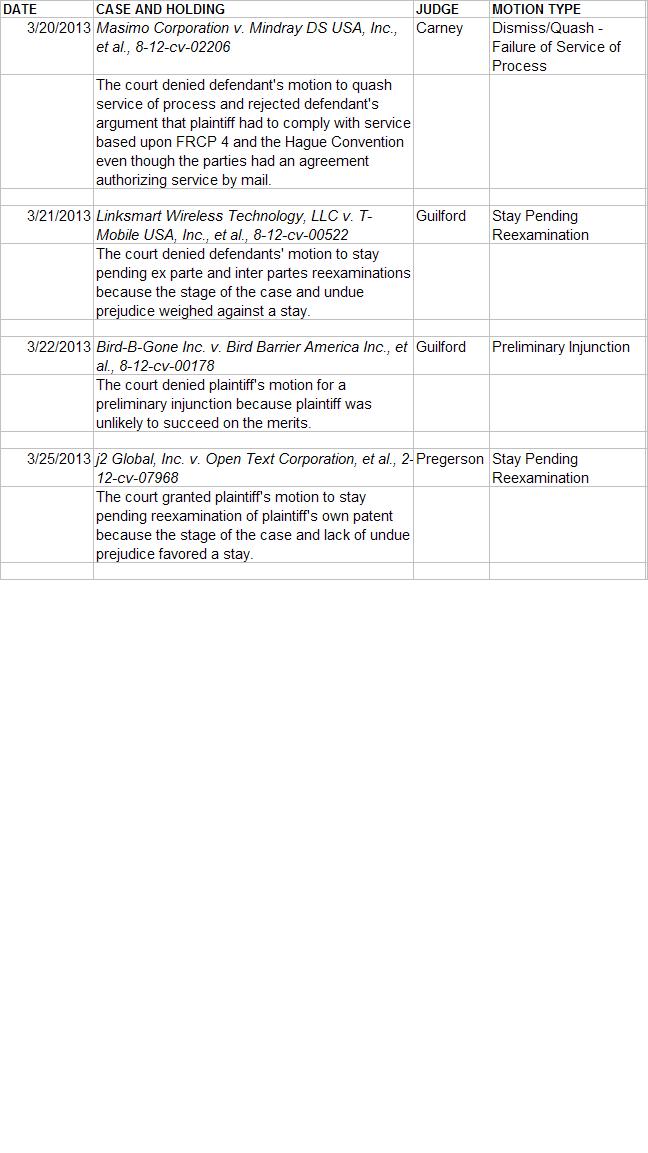In inter partes proceeding Apple Inc. v. Rensselaer Polytechnic Institute et al., IPR2014-00320, Petitioner Apple sought a second request for rehearing, before an expanded panel of the PTAB, on the Board’s decision not to institute an inter partes review of RPI’s U.S. Patent No. 7,177,798 (“the ‘778 Patent”). The Board held that Apple’s request was unauthorized and therefore ordered it expunged from the record of the proceeding.
On January 3, 2014, Apple initially filed its IPR petition seeking invalidity of the ‘798 Patent based three pieces of prior art that Apple alleged anticipated and/or rendered obvious certain claims of the ‘798 Patent. On April 17, 2014, RPI filed its preliminary response asserting that the Board should deny the petition just as it denied Apple’s first petition for inter partes review of the ‘798 Patent. In its preliminary response, RPI asserted that the Board already considered (and rejected) the same grounds and prior art that Apple now relies on in the second petition. Accordingly, RPI argued that the second petition should be denied because “[t]he Board denied the first petition [which included the same prior art asserted in the second petition] as to all challenged claims because Apple failed to establish that it would prevail in showing that even a single claim of the ‘798 Patent is unpatentable.”
Continue reading
 Patent Lawyer Blog
Patent Lawyer Blog




